Ask any vet: certain dog breeds show up again and again with the same painful issue—hip problems. These aren’t rare cases. They’re predictable, breed-linked conditions that slowly rob dogs of comfort and movement.
You might not notice anything wrong in the early years, but by age 3 or 4, the signs creep in—limping, stiffness, pain when getting up. And yes, some breeds are far more likely to suffer than others.
This guide lays out exactly which breeds are at risk and why. Whether you already own one of these breeds or are thinking of adopting, the goal is simple: to help you protect your dog’s health before the damage sets in.
Dog Breeds Known For Hip Problems
1. German Shepherd
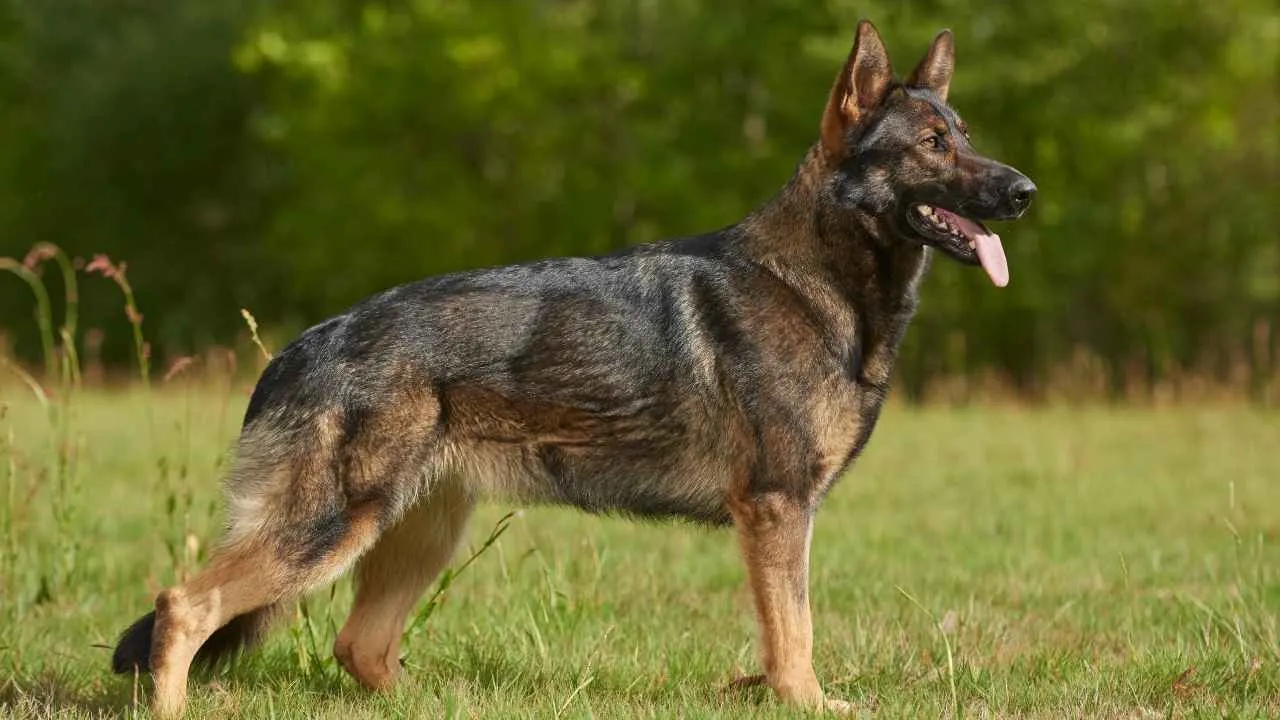
German Shepherds are prone to skeletal stress due to rapid growth during puppyhood. Their back slopes downward, which puts uneven pressure on the rear limbs. Over time, this structure can intensify wear on the hip joint and surrounding muscles.
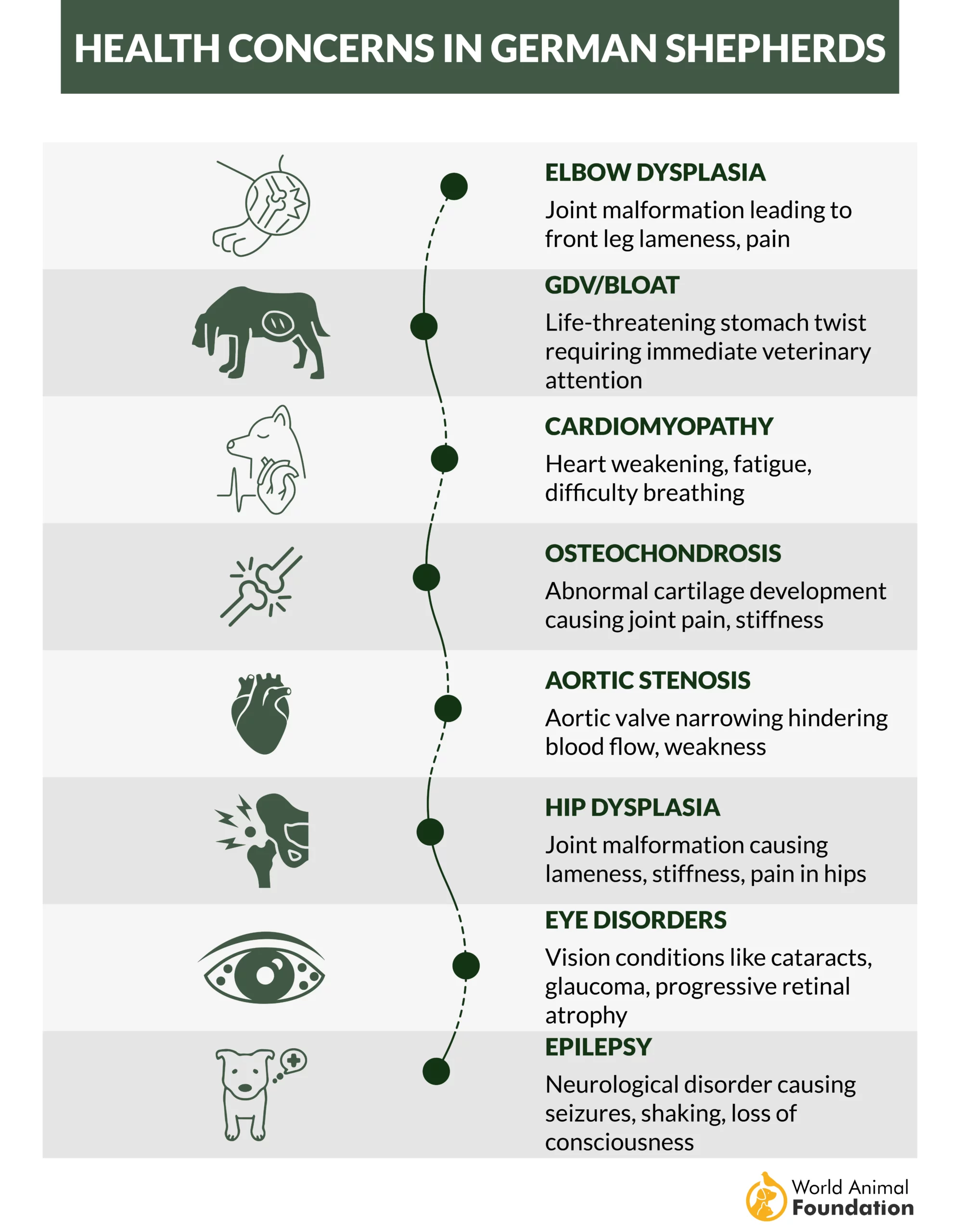
Impact of work-driven breeding
Many lines have been bred for performance, especially in protection or service work. While that sharpens their instincts, it also increases their risk of injury. Repetitive impact from early training can quietly contribute to hip dysplasia without showing signs right away.
Weight and muscle balance challenges
Even a slight shift in weight distribution can strain their back legs. These large dogs often carry muscle mass unevenly, making them more vulnerable to joint misalignment. Weakness in supporting muscles can go unnoticed until discomfort starts affecting movement.
Prevention depends on more than exercise
While regular activity is essential, too much high-impact play can do more harm than good. Controlled motion, like underwater therapy, helps protect their hips long-term. Preventing long-term damage requires balance, not just strength or stamina.
2. Labrador Retriever
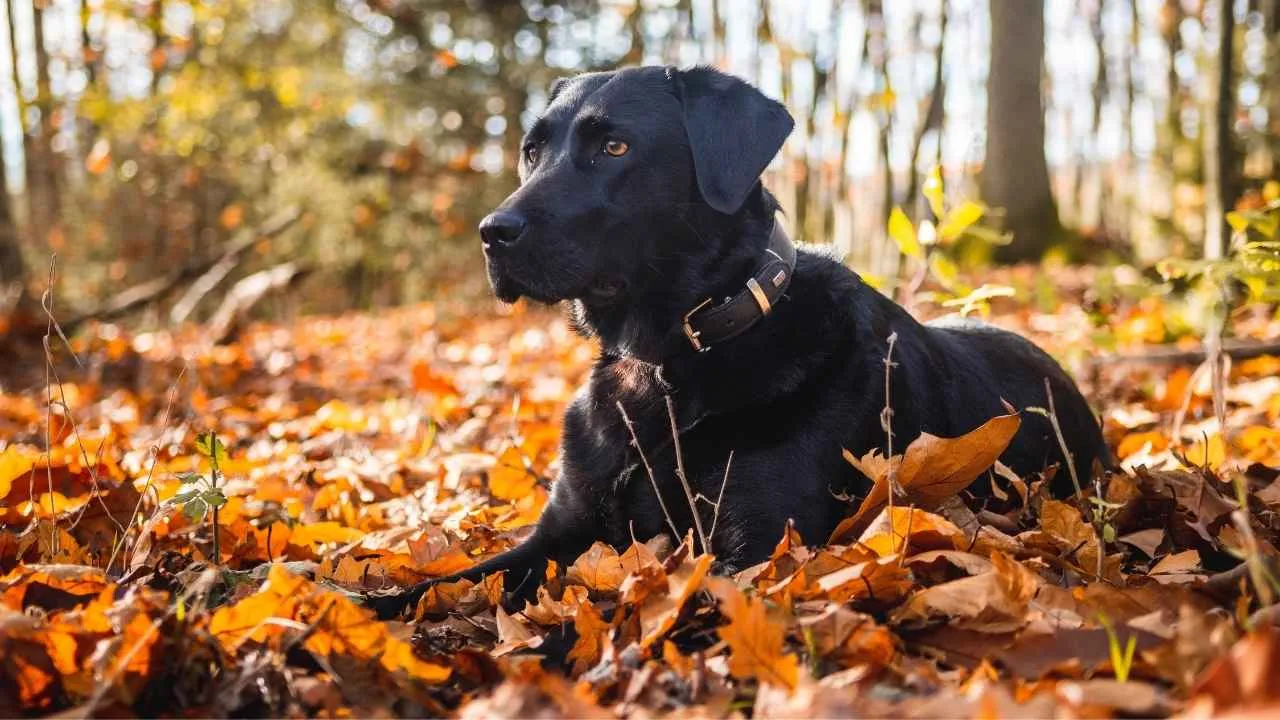
Labs are genetically predisposed to structural joint issues that aren’t always visible early on, as mentioned in Purina. Even in healthy lines, subtle misalignments in the pelvis can increase tension during everyday movement. These early imbalances often become noticeable once they reach full size.
Hidden stress in active lifestyles
They’re naturally high-energy and love vigorous play, but this can mask early symptoms of hip dysplasia in dogs. What looks like stiffness after a long run is often the first sign of joint strain. Since Labs don’t easily show pain, the issue often goes unchecked for too long.
Weight adds pressure over time
A major factor is their tendency to gain weight quickly, which puts added pressure on already vulnerable joints. When body weight isn’t properly managed, it accelerates joint wear. Excess pounds affect the symmetry of movement, which further aggravates the hips.
More than just one joint at risk
It’s not just the hips—elbow dysplasia is also common in this breed, particularly in younger dogs still growing into their frame. That dual joint vulnerability complicates treatment and requires more tailored activity plans. Strength conditioning needs to be balanced and strategic.
3. Golden Retriever
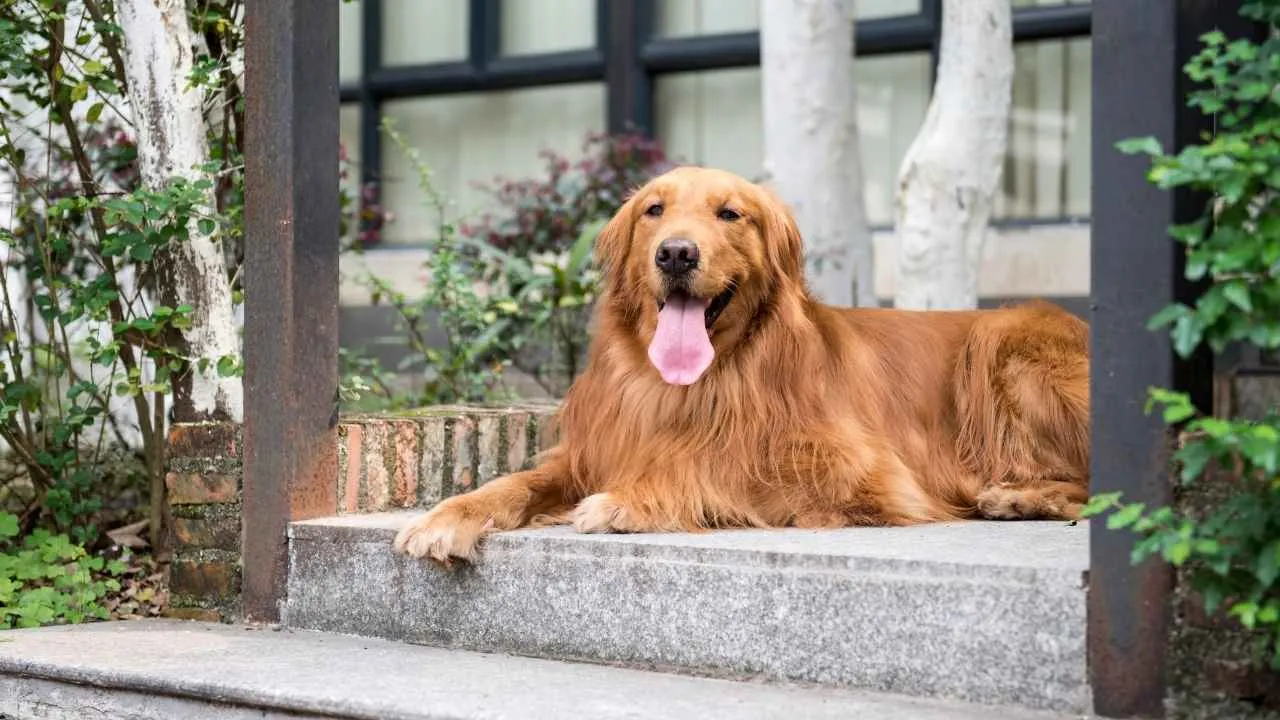
Golden Retrievers have been extensively bred over the years, especially in show lines. Unfortunately, that popularity has led to a higher risk of joint-related issues. Some breeders prioritize appearance over structural soundness, increasing the chances of developing hip dysplasia.
Subtle signs are often missed early
Golden Retrievers may continue running or playing even when discomfort begins. They’re naturally eager to please, so they often hide pain well. That trait can delay early intervention, especially during critical periods of skeletal development.
Weight gain as a compounding factor
They have a tendency to gain weight easily, especially if not exercise consistently, as stated in PDSA. Extra weight increases pressure on the hips, accelerating joint wear. It becomes a cycle—reduced movement leads to more gain, which worsens the joint strain.
Living a normal life with careful management
With the right support, many Goldens can still live a normal life despite early signs. Controlled exercise, joint supplements, and regular vet assessments can delay degeneration. Their cheerful personality stays intact, even when managing the development of hip dysplasia carefully.
4. Rottweiler
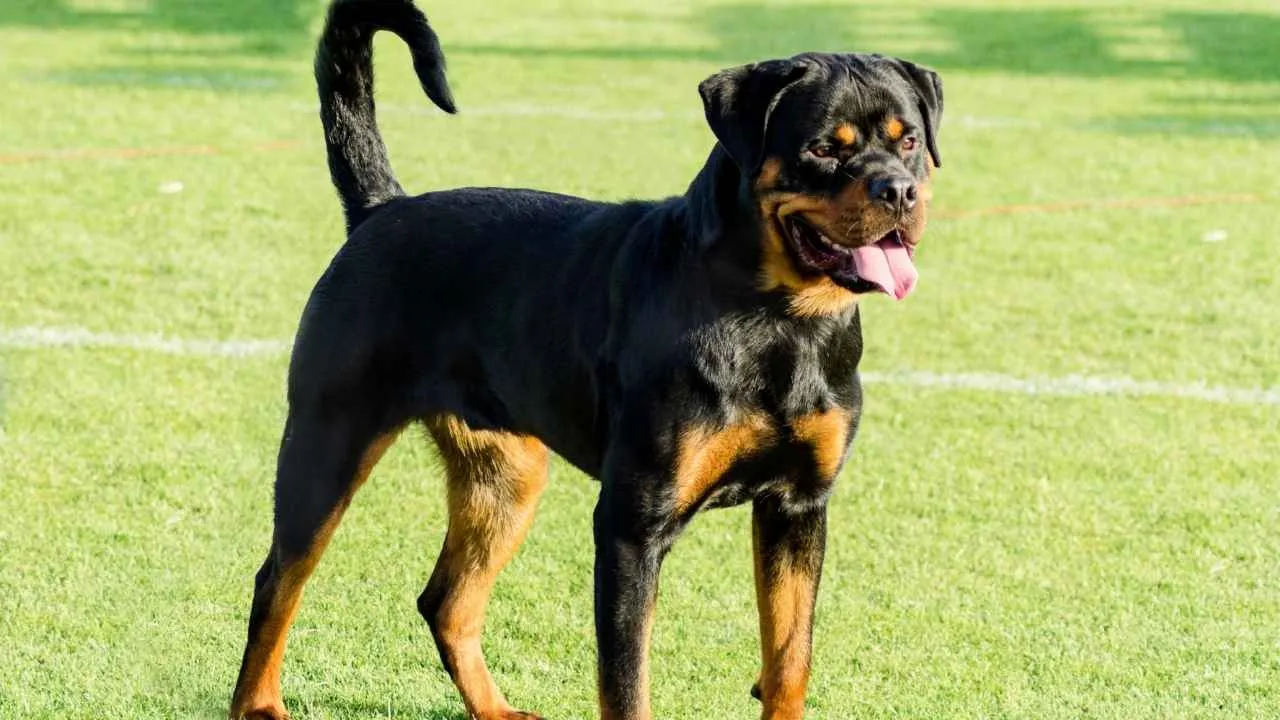
Rottweilers carry dense muscle and weight on a relatively compact frame. That bulk, especially in the hindquarters, adds early stress to their developing joints. Even minor imbalances during growth can quietly trigger long-term skeletal issues.
Genetic tendencies are often overlooked
Many Rottweilers are predisposed to joint instability, yet symptoms may not appear until damage has progressed. They often mask pain well, especially during physical activity. By the time stiffness shows up, the condition is usually advanced.
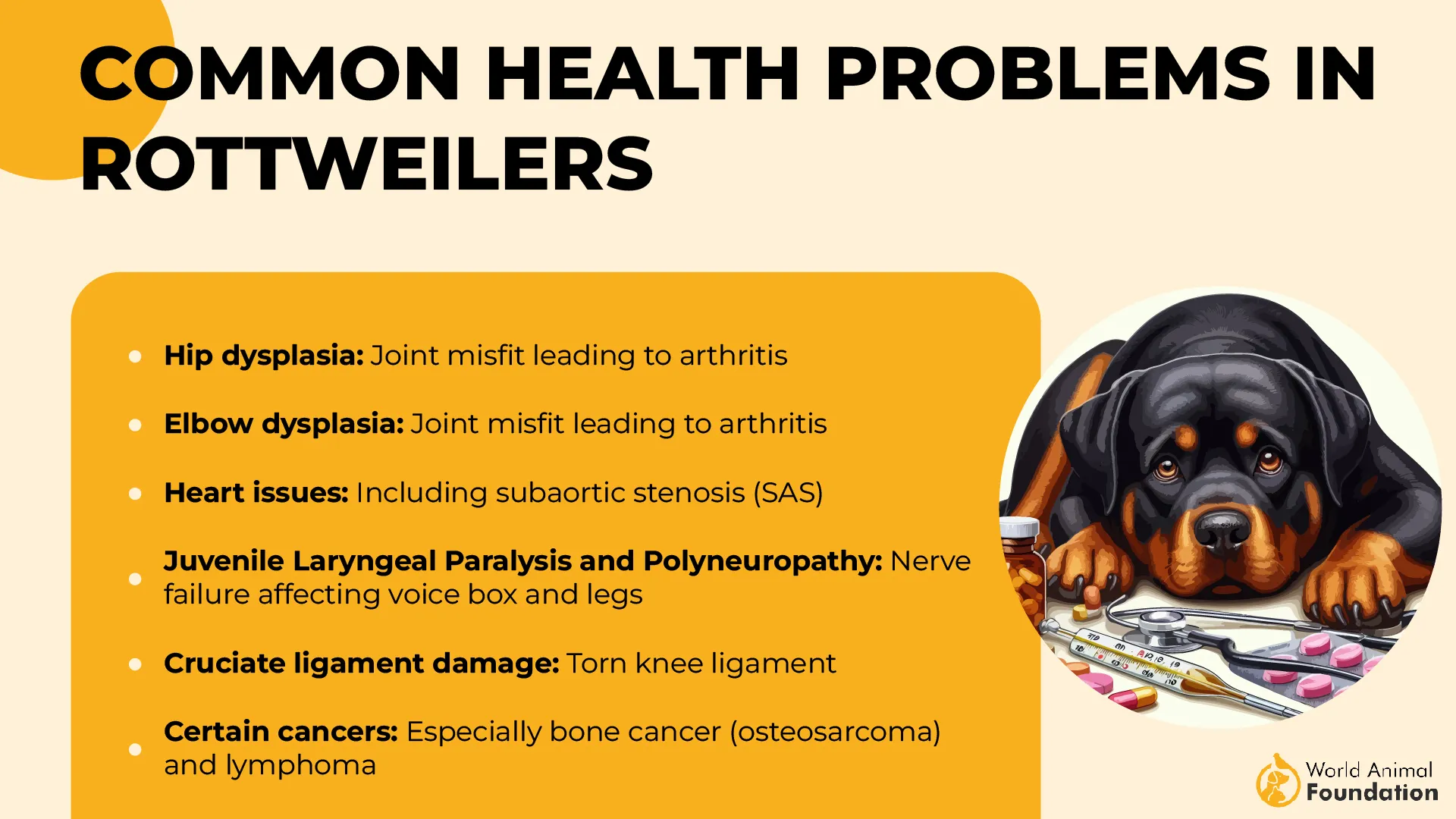
Rapid growth phases are risky
The transition from puppy to adult happens quickly, putting the hips under constant adjustment. If the muscle development doesn’t keep up with bone growth, misalignment becomes more likely. Nutrition and timing play a huge role in minimizing that risk.
Activity needs aren’t one-size-fits-all
While they enjoy staying active, not all exercise types benefit their build. Explosive movements like jumping or chasing can quietly worsen existing joint stress. Slow-paced resistance activities tend to offer better joint support without added pressure.
5. Newfoundland
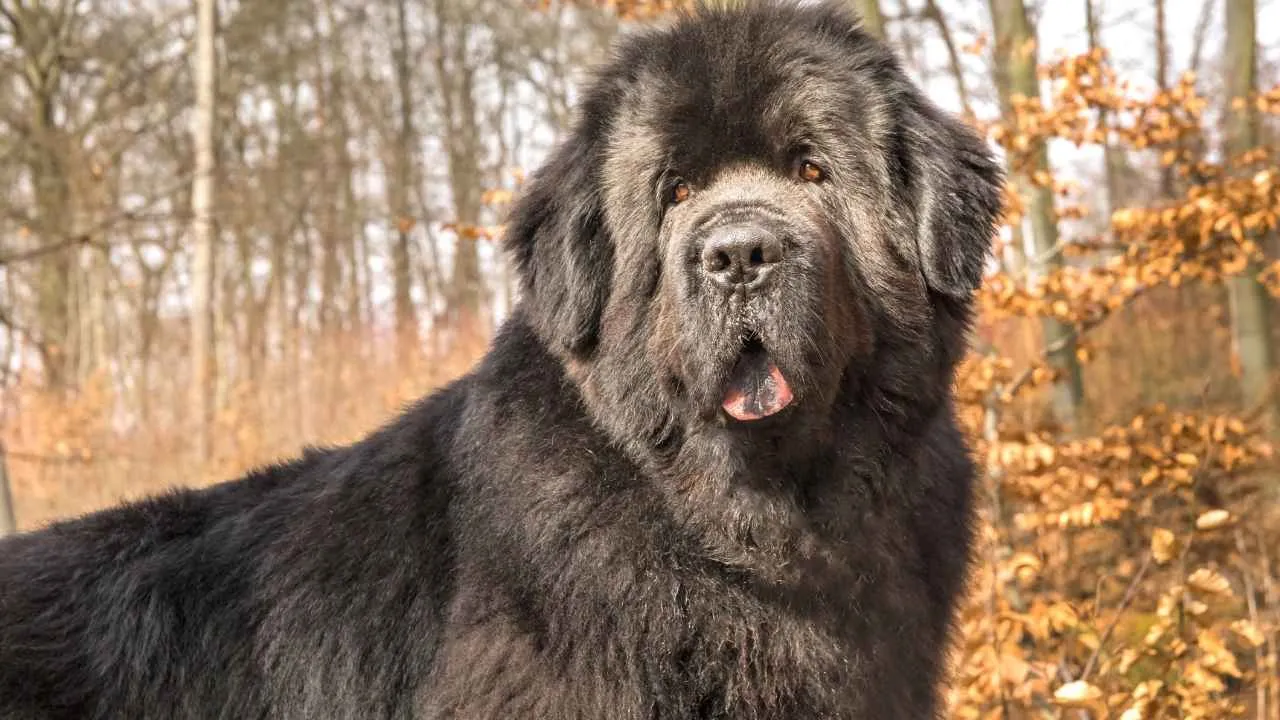
The Newfoundland’s massive frame puts steady pressure on its lower body from an early age. Even normal activities like standing or sitting can gradually stress the rear limbs. What looks like relaxed movement often masks a body compensating for subtle joint fatigue.
Water rescue instincts meet joint wear
Originally bred for powerful water rescues, they’re built for strength, not agility. Pushing against water resistance works their joints differently than land movement. Over time, that constant force can cause structural wear in the hips, especially without balanced exercise.
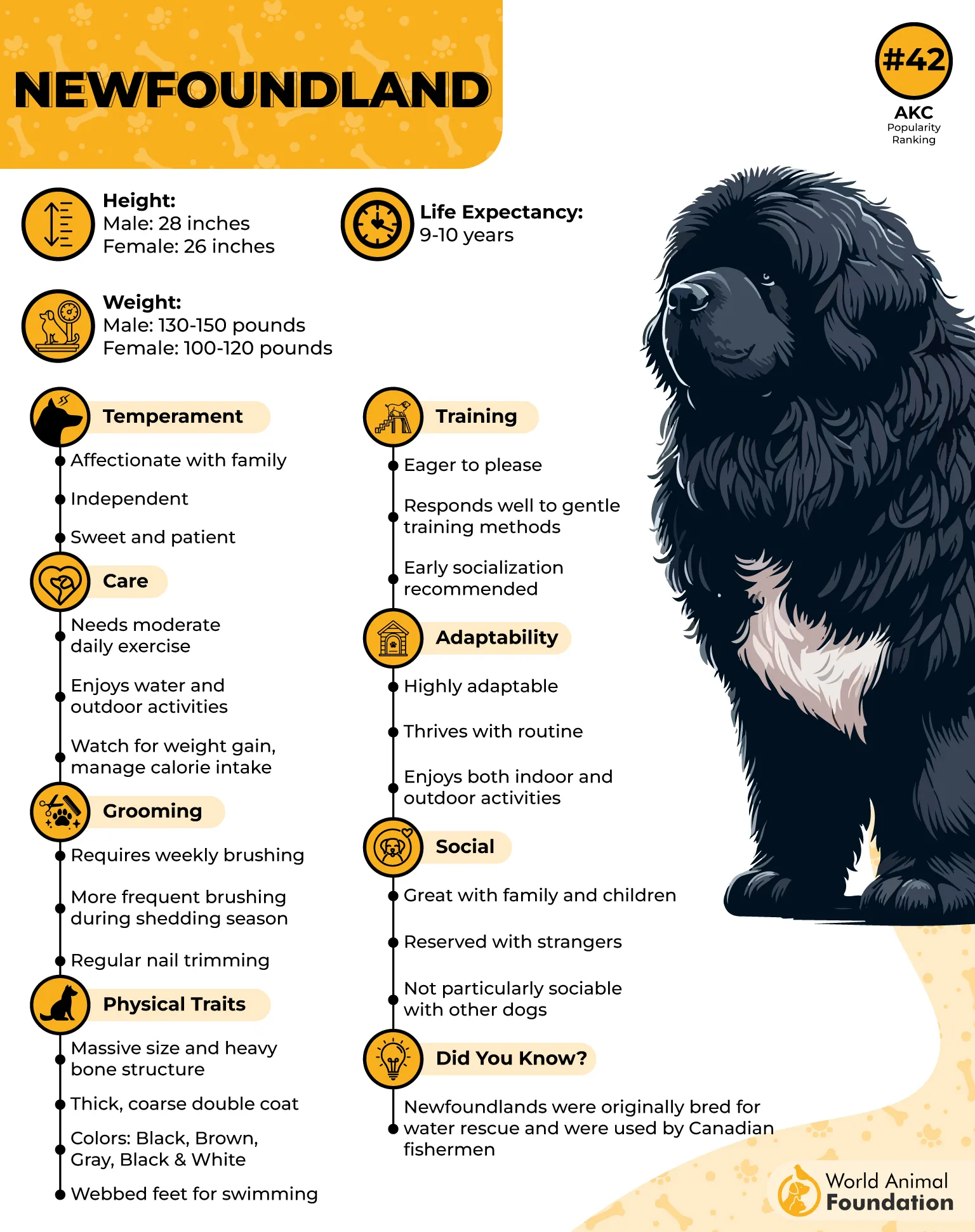
Temperature tolerance complicates activity
Because they overheat easily in warm weather, outdoor movement is often limited, as per the Newfoundland Club. Less activity means that muscle groups that stabilize joints can weaken faster. This loss of daily motion indirectly affects their ability to manage underlying joint issues.
Delayed signs make early care harder
Newfoundlands are stoic and slow to show discomfort, even when pain sets in. Owners may miss early red flags because their pace already seems slow. By the time symptoms surface, damage to the hip structure may be well underway.
6. Saint Bernard
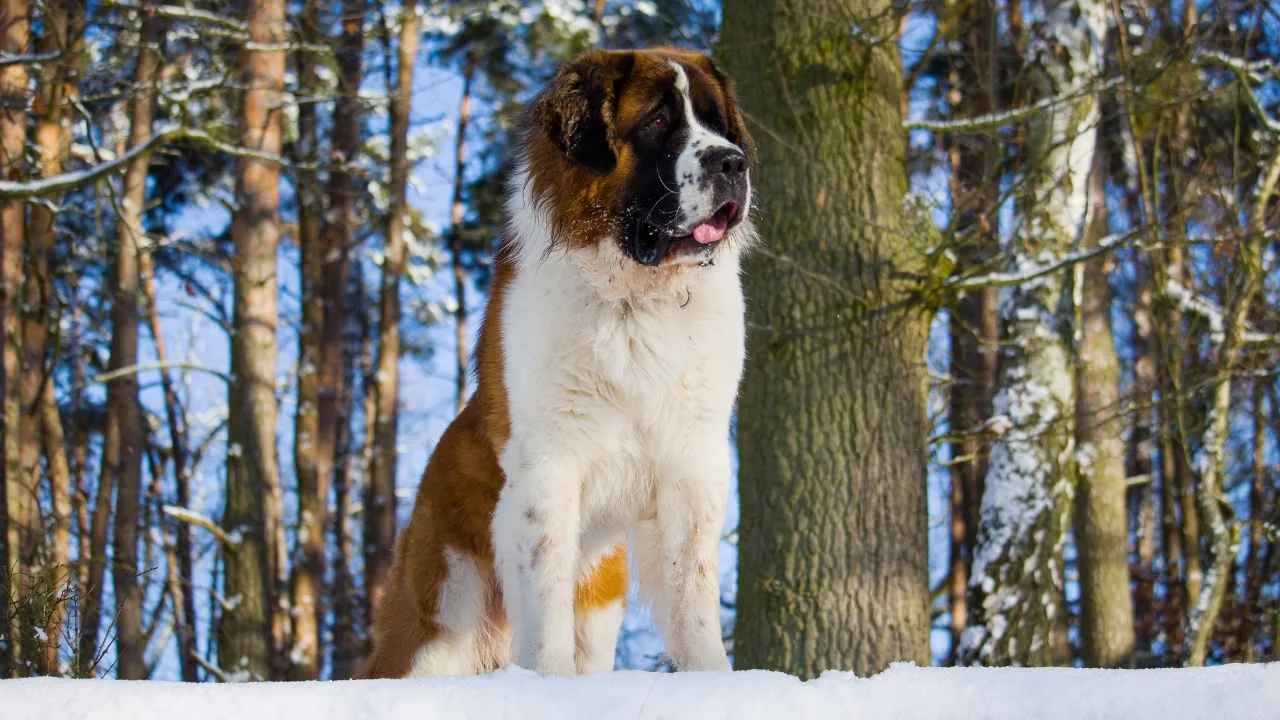
Saint Bernards have an enormous body mass supported by a relatively moderate bone structure. This mismatch quietly puts constant strain on their hindquarters. Even minimal daily activities can create joint fatigue if not managed carefully from an early age.
Delayed signs despite early onset
Their slow and steady movements often mask early symptoms of joint issues. Many owners miss subtle signs until mobility starts declining. X-rays in young Saints often reveal changes in bone shape before discomfort becomes visible.
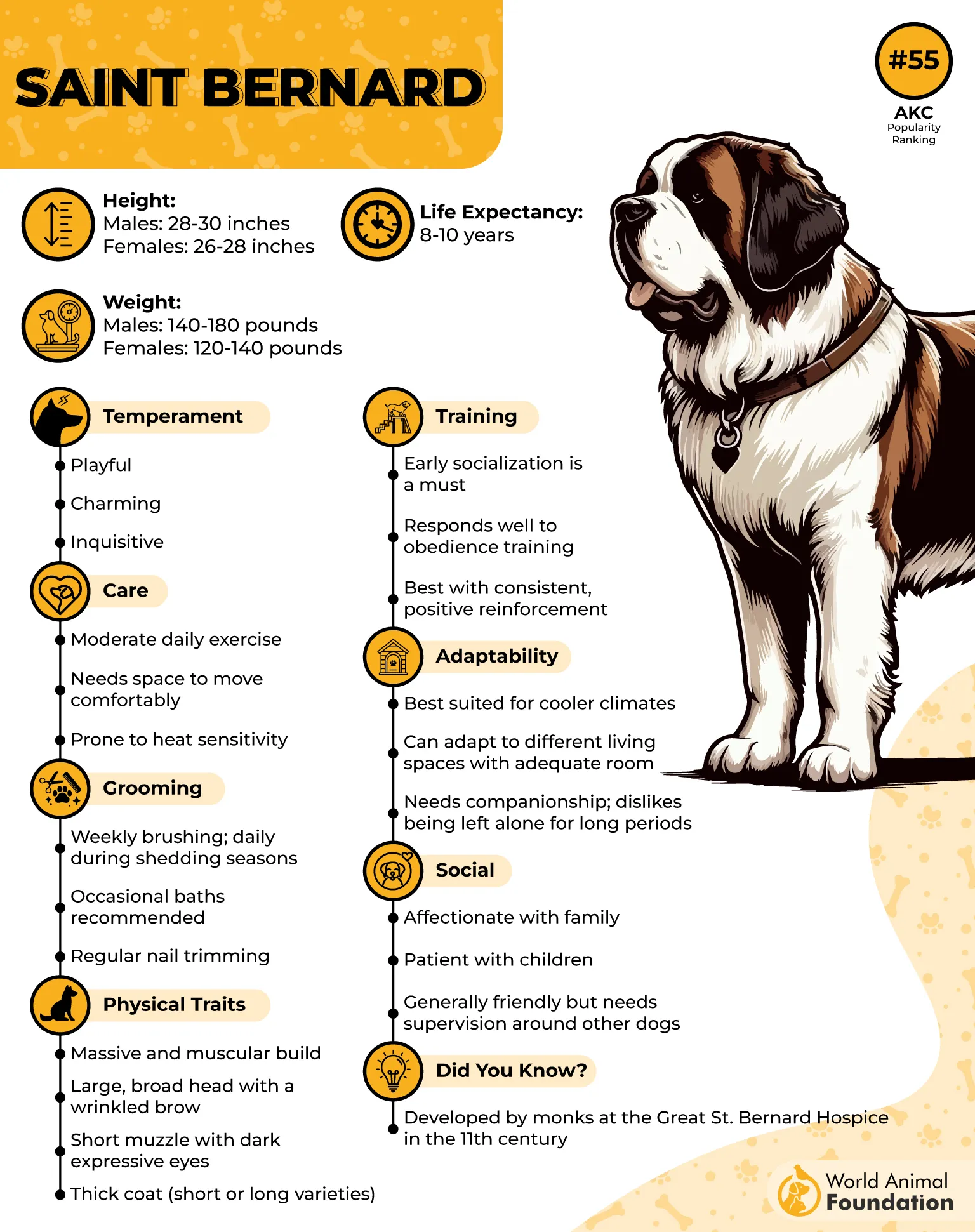
Nutritional balance is critical
Because they grow so rapidly in their first year, a good diet plays a huge role in skeletal health, as Pedigree claims. Excess calcium or protein can accelerate bone growth unevenly. That imbalance may lead to soft tissue not keeping pace with joint development.
Gentle movement over high energy
Despite their size, Saint Bernards aren’t built for intense play or long runs. They benefit more from slow, controlled walks and swimming than repetitive climbing. Their calm nature pairs best with environments that limit stress on their hips and limbs.
7. Boxer

Boxers carry a specific predisposition that ties closely to the lineage of tightly bred working lines. Selective breeding for muscle tone and physique may amplify subtle skeletal imbalances. It’s often not visible until mid-adulthood, when mobility shifts become noticeable.
Powerful build with hidden strain
Their deep chest and heavy front make their gait slightly front-loaded, as highlighted in AKC. While this gives them that signature proud posture, it also increases torque on the rear. That constant pull can create silent pressure on the pelvic structure over time.
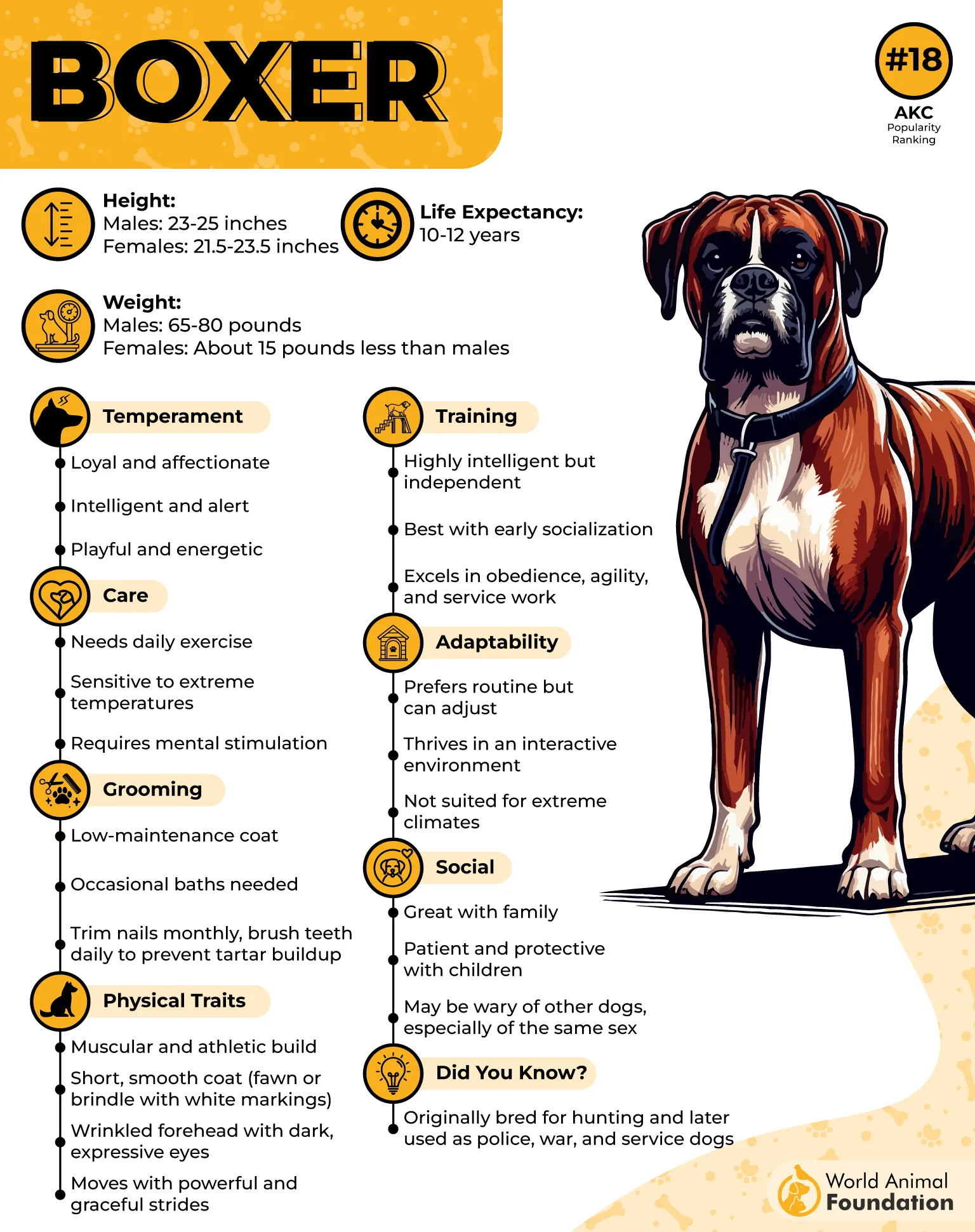
Delayed onset of mobility decline
Many Boxers seem agile through their early years, masking early joint vulnerability. They rarely show pain until inflammation starts limiting the range of motion. Owners often confuse stiffness with aging, missing the early window for intervention.
Sensitivity to high-impact exercise
Boxers love intense play, but repetitive bursts of sprinting and jumping can wear down their joints. Agility sports, unless carefully controlled, can do more harm than good. Low-resistance routines and joint-supportive diets play a larger role than many realize.
Conclusion
You don’t have to wait for joint pain to take away your dog’s joy. Understanding which breeds are more likely to suffer from canine hip dysplasia helps you act before real damage begins.
Keeping a healthy weight, especially in giant breeds, plays a huge role in how their joints handle daily stress. Pay attention to subtle shifts in posture or hesitation in movement—it could be the hips talking.
Many dogs suffer silently until it’s too late. Prevention starts with awareness, especially for owners of large and even smaller dogs with hidden risks.


